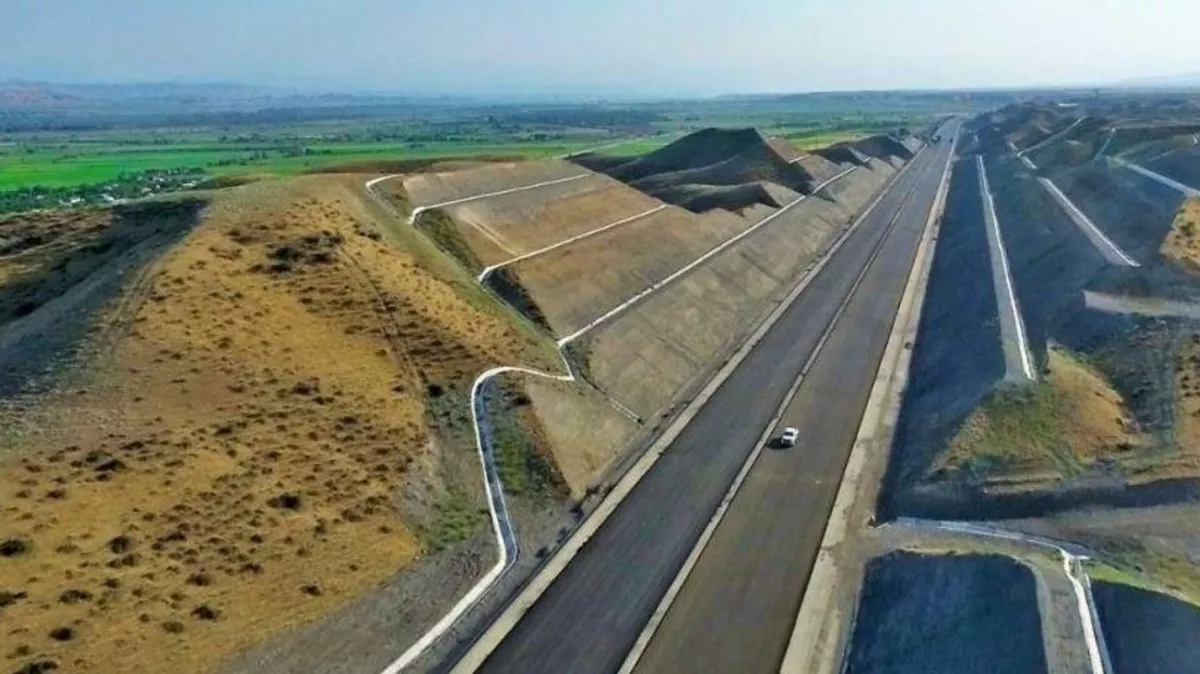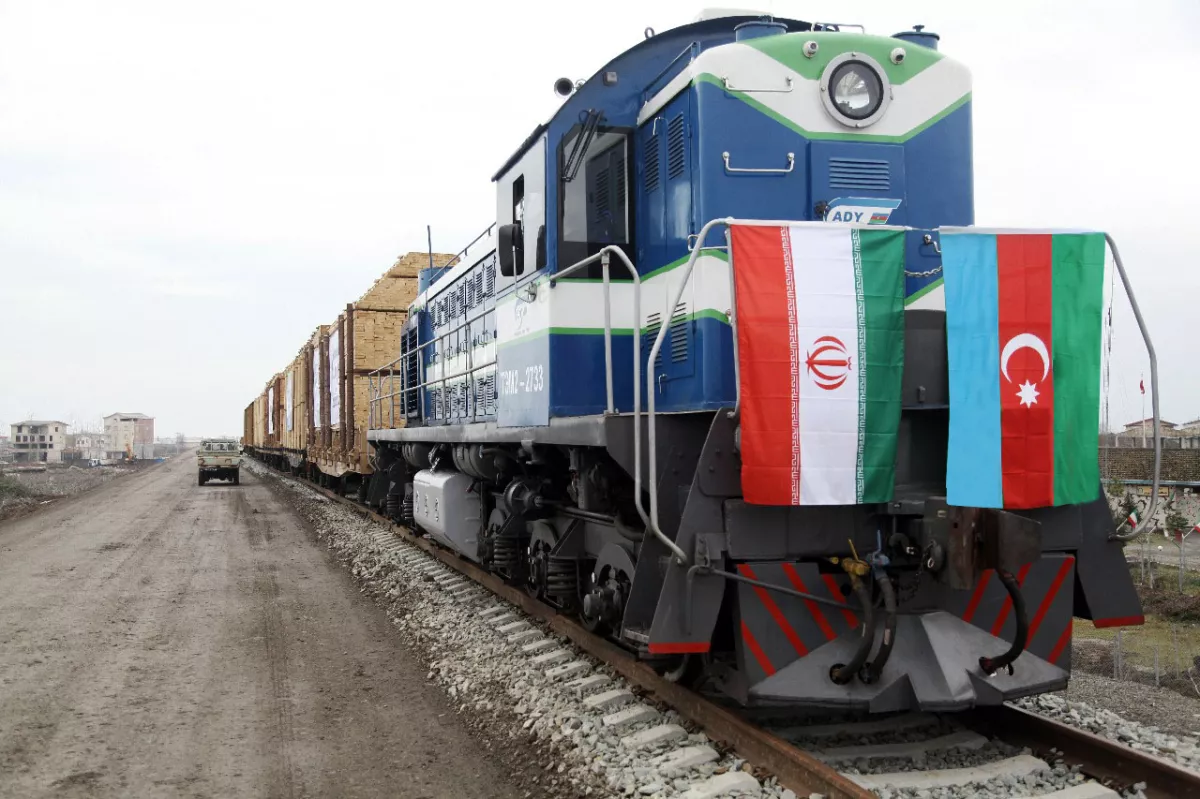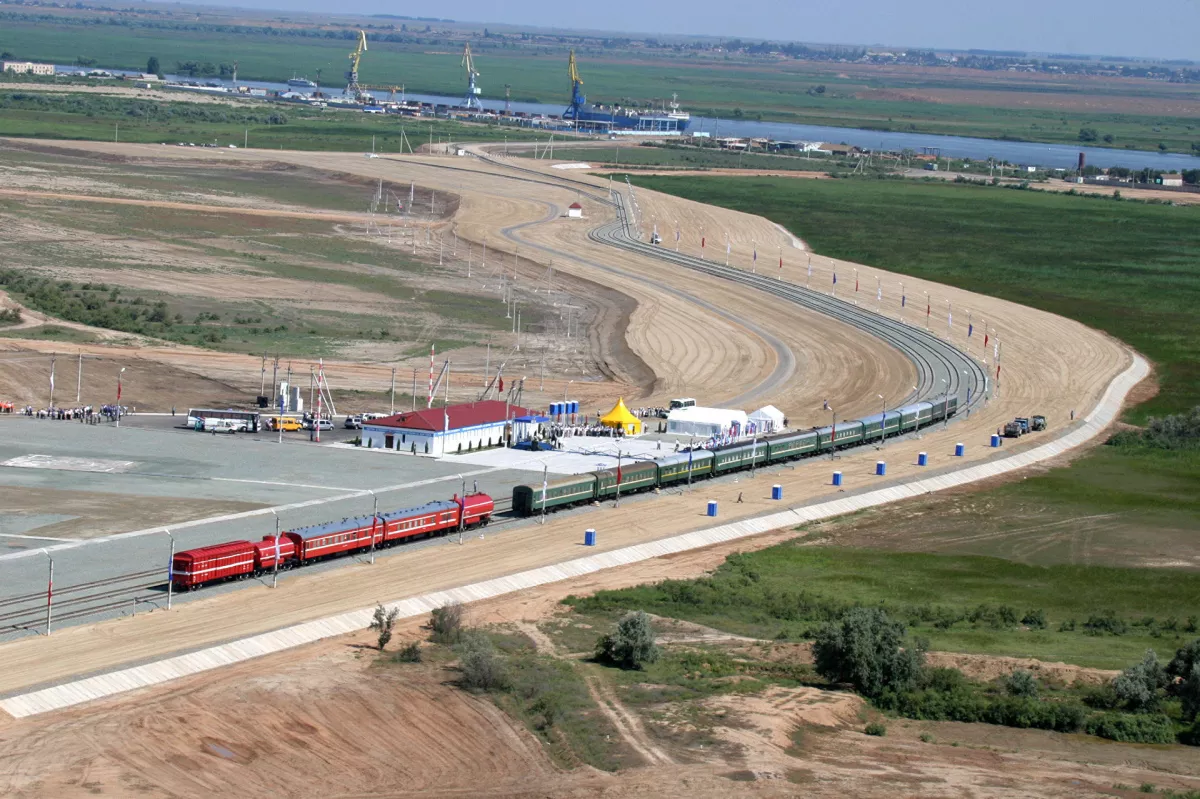Strategic sabotage: France’s shuffle to redirect transit through Armenia's bottleneck North-South corridor at play
France’s growing interest in the South Caucasus region is quite understandable, especially considering Paris' significant influence in Armenia. Yet, France appears determined to pursue an ambitious plan: rerouting a substantial portion of transit from the Indian Ocean basin through Iran and Armenia toward Europe, and vice versa. The goal is to channel a significant share of international trade along the "North-South" corridor through Armenia’s narrow and isolated "bottleneck," an area heavily militarized with French support.
The rationale behind France's intentions is clear. By using Armenian partners to control this transit point, Paris would hold substantial geopolitical leverage. With this "valve" under its influence, France could potentially cut off a considerable segment of international trade along the "North-South" route whenever it wished.
Nevertheless, several obstacles exist. Firstly, Armenia is a landlocked country. Secondly, its transport infrastructure remains underdeveloped. Thirdly, alternative, more efficient routes bypass Armenia entirely. France is currently trying to work around these issues, aiming to force a substantial portion of international transit through Armenia’s difficult terrain.
For Armenia to gain sea access, it would need to use Georgian territory. According to initial plans by Paris and Yerevan, this access would not only facilitate peaceful transit but also military movements. The scheme relied on a pro-Western coup in Georgia, orchestrated around the parliamentary elections and led by Salome Zourabichvili, a "former" French Foreign Ministry employee. However, after a lacklustre opposition rally on October 28, 2024, with dwindling revolutionary momentum, it became evident that Georgia’s sovereignty could not be easily compromised for Paris' interests.
Armenia's transport challenges are also significant. Its railway network remains unconnected to Iran. For this connection to materialize, either the Zangezur corridor must be opened to restore rail links, or an expensive and complex Iran-Armenia railway would need to be constructed through mountainous terrain. Armenia, however, has resisted the first option despite the Trilateral Statement of November 2020 and lacks the financial resources for the second.

In its relentless drive to redirect transit through Armenia from Iran, France has adopted a strategy of discrediting and supporting sabotage efforts against alternative transit corridors along the North-South route. Among these, the Rasht-Astara railway project in northern Iran’s Gilan province appears to be particularly targeted by Paris. A recent article in the French newspaper Le Monde criticized this railway, highlighting its primary "drawback" from a French perspective: it sidelines Armenia from major regional development initiatives.
To provide context, the Rasht-Astara railway is part of the larger Qazvin-Rasht-Astara project, which dates back to a 2005 agreement between Russia, Azerbaijan, and Iran. The agreement outlined the construction of a roughly 350-kilometer railway across Iranian territory, linking with Azerbaijan’s rail system in the border town of Astara. Work on the Qazvin-Rasht-Astara railway section commenced in 2009, and on November 22, 2018, the first test train ran on the completed Qazvin-Rasht section. The inauguration ceremony for this 164-kilometer segment took place on March 6, 2019.

The Rasht-Qazvin section of the Qazvin-Rasht-Astara project posed the greatest challenge. It traverses mountainous terrain, requiring the construction of 22 tunnels and 15 bridges, which together span 25 and 8 kilometres, respectively. In contrast, the Rasht-Astara segment is far simpler to build, running along a coastal plain devoid of significant obstacles like mountains or large rivers. Construction on this section was expected to take under three years, and if it had begun immediately after the completion of the Qazvin-Rasht line, the Rasht-Astara railway would have been operational by now. However, despite connecting the major northern city of Rasht to Iran’s rail network, Iran abruptly slowed down the Rasht-Astara project, even though completing it aligned with both its economic interests and those of its ally, Russia.
Following the start of the Russian-Ukrainian war, Moscow became increasingly insistent on the railway's swift completion, given its critical need for direct rail transit along the North-South corridor. In January 2023, a Russian delegation visited the construction site in Gilan. Iran’s Deputy Minister of Roads and Urban Development, Kheirollah Khademi, assured the delegation that progress was ongoing, with 12 kilometres of track laid on the Astara side and 10 kilometres on the Rasht side. Iran reiterated that the railway line would be completed within three years, by the end of 2026.
In May 2023, to accelerate the project, Russia and Iran signed a cooperative agreement to finance the design, construction, and supply of materials and services. Russia provided an interstate loan of €1.3 billion for the construction of the Rasht-Astara segment. Despite having the necessary resources, little progress was made over the next year.
By October 2024, Iranian Ambassador to Russia Kazem Jalali stated that Iran only “expects” to commence construction on the Rasht-Astara railway in 2025, projecting a three-year timeline that now extends to 2028-2029. He acknowledged that Iran had aimed to begin work in 2024 but mentioned that “many questions have arisen.”

The origin of these “questions” became apparent following the publication of an article in the French newspaper Le Monde, which criticized the Rasht-Astara railway. The article argued that the project “bypasses” Armenia and disregards its interests. “The Rasht-Astara line project leaves Armenia out of major regional development initiatives,” Le Monde stated. The piece also highlighted concerns that implementing the railway would necessitate accommodating not only the demands of Iran and Russia but also a third key player — Azerbaijan, which would become a crucial link in the corridor. Additionally, Le Monde expressed alarm over the influence of Iranian Azerbaijanis and their cultural and economic inclination towards Azerbaijan.

Le Monde naturally highlights the “Russian threat.” The publication claims that if nothing obstructs the Rasht-Astara project, Putin will be able to solidify one of the key components of his grand scheme to distance Russia from the West, all while drawing closer to another outcast of the international community — Iran. What Le Monde fails to address is that Armenia itself is a CSTO ally of Russia and has a solid relationship with Iran. In other words, if the “cunning Putin” builds ties with Iran through Armenia, it’s deemed “acceptable,” and Tehran will suddenly lose its “pariah” status. But if Russia and Iran establish a railway transit route through Azerbaijan along the straightforward, most logistically sound path via Rasht and Astara, then it's labelled as “troublesome.”
This begs the question for Iran's leadership and infrastructure planners: Whose interests are being prioritized when the Rasht-Astara railway project — crucial for Iran itself — has been delayed for years? Are the interests of Armenia and France really more significant to some officials in Tehran than their own country's well-being?
Vladimir Tskhvediani, Georgia, for Caliber.Az








